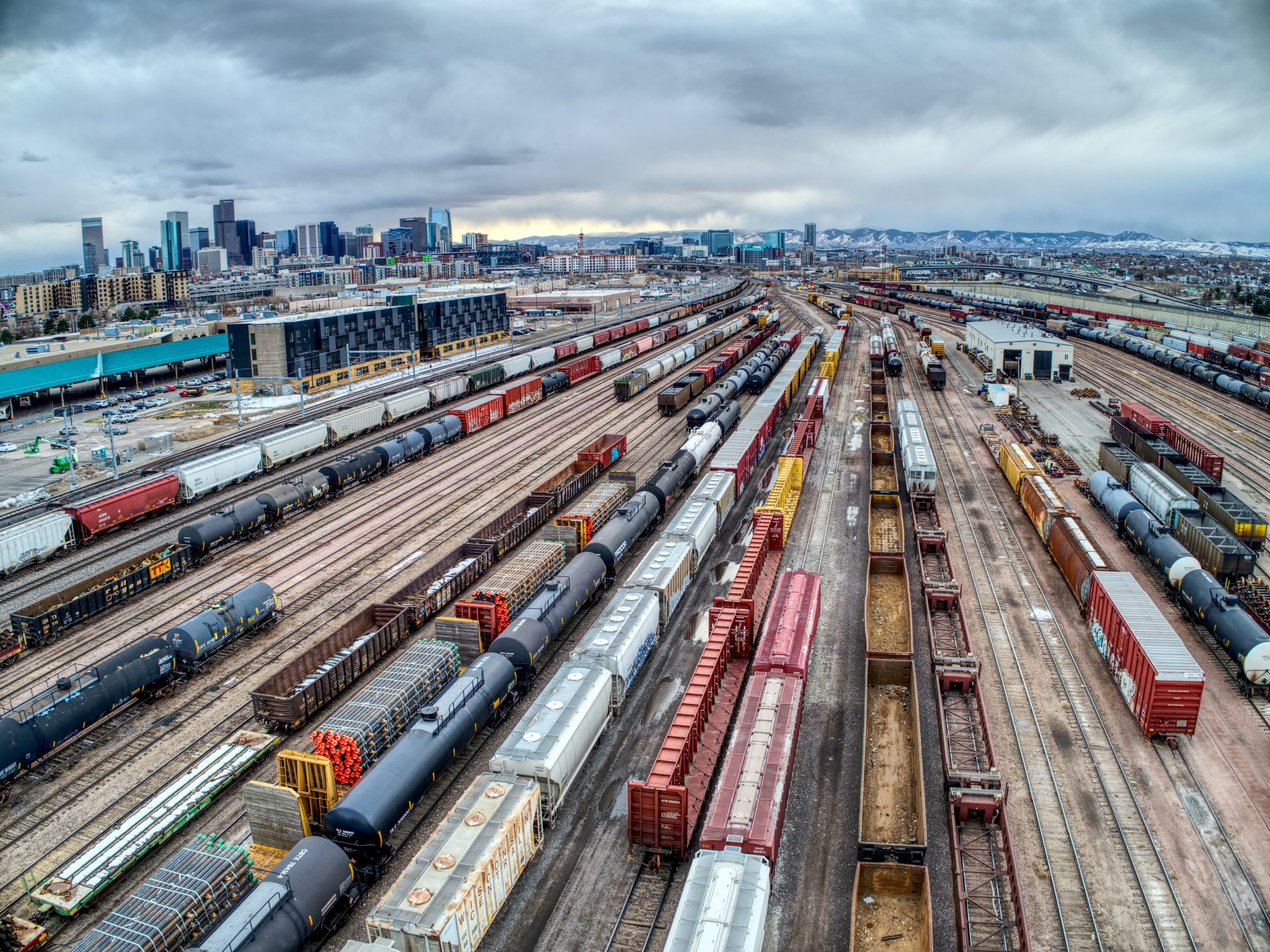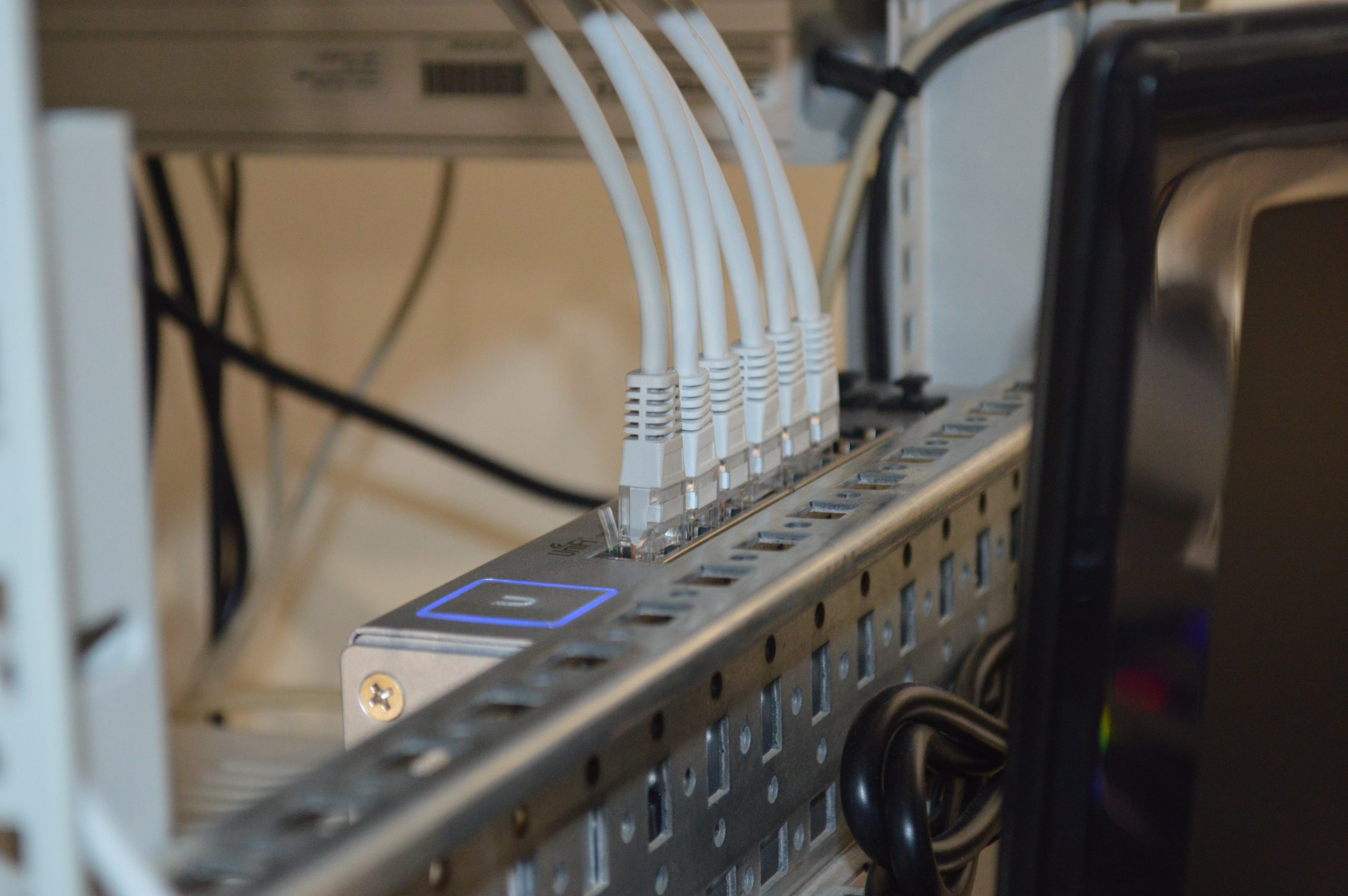Introduction
The way we travel is about to change dramatically, thanks to the Internet of Things (IoT). With connected cars, smart roads, and personalized experiences becoming the norm, the transportation industry is poised for a revolution. In this blog post, we’ll explore how IoT technology is transforming everything from our daily commute to long-distance travel – and what it means for the future of transportation. So fasten your seatbelts and get ready for a ride through the exciting world of IoT-enabled travel!
How the Internet of Things is Changing the Future of Travel
The Internet of Things (IoT) is an interconnected network of physical devices that allow for data collection, communication, and control. This technology is being used to change the way transportation is done both in the present and the future.
A recent study found that 20 percent of all trips taken in the next two years will be made using autonomous vehicles. The number of commercial deliveries made by drones is also on the rise, with a predicted 600,000 by 2021. These are just a few examples of how IoT is changing transportation.
One big benefit of the IoT is that it can help improve safety. For example, self-driving cars can communicate with each other and with traffic infrastructure to avoid accidents. Additionally, autonomous vehicles can optimize their routes based on real-time conditions, making them more efficient and less prone to traffic congestion.
Anothermajor benefit of the IoT is that it can improve efficiency. For one thing, IoT devices can collect data about traffic conditions so that routing decisions can be made accordingly. In addition, by tracking cargo movements throughout the supply chain, organizations can minimize waste and ensure products reach their destination without any issues.
The IoT also has implications for travel planning. For one thing, automated trip planning features built into smart phones and other devices can help travelers plan their trips in advance without having to consult a manual or rely on third parties. Additionally, businesses are increasingly turning to crowdsourcing platforms to find traveler reviews and make better recommendations about where to
The Benefits of the Internet of Things for Transportation
The benefits of the Internet of Things for transportation are manifold. By making data and devices connected, we can better monitor traffic conditions, improve safety, and optimize transit routing.
We can also use the IoT to more efficiently manage vehicle fleets and optimize transit routes. By monitoring traffic patterns, we can determine when there is too much congestion on a route or during peak hours. This information can then be used to adjust bus schedules or direct cars to different lanes on highways.
Additionally, by tracking the location of vehicles and passengers, we can create maps that identify where accidents have occurred or bottlenecks exist on transit lines. This information could then be used to administer congestion pricing or provide incentives for people to use public transportation over driving.
The Challenges of the Internet of Things for Transportation
The Internet of Things (IoT) is a term used to describe the growing trend of interconnected devices and sensors that are used in everyday life. These devices collect data about their surroundings, which can then be used to improve the efficiency of daily tasks or provide insights into complex systems.
The potential benefits of the IoT for transportation are immense. By connecting vehicles, infrastructure, and other devices, we could optimize traffic flow, increase safety, and reduce emissions. We could also use the IoT to monitor vehicle performance and condition, track pollution levels, and even manage transportation resources more efficiently.
However, implementing the IoT in transportation requires significant changes in our current systems. We need to create a secure network where devices can communicate with each other securely and sharing data safely is essential. We also need to develop new algorithms to process big data from all these sensors. Finally, we need to adapt our technology so that it can work with legacy systems such as roadmaps and timetables.
Despite these challenges, there are already many examples of how the IoT is being put to use in transportation. In London, for example, cars now have sensors that can identify cyclists and give them preferential treatment on roads. This technology not only makes cycling safer but also reduces congestion on city streets. Elsewhere, smart meters have been installed in homes across Japan to help save energy by sending alerts when electricity usage is above predetermined thresholds. And in cities around the world, fleets of self-driving vehicles are testing
Conclusion
The transportation industry is in for a big change as the Internet of Things (IoT) evolves. With autonomous vehicles on the horizon, the way we get around will be completely different than it is today. By taking advantage of IoT technologies and other emerging technologies, businesses can create innovative new systems that improve efficiency and cut costs. In short, the future of travel looks bright, thanks to the innovations brought about by the IoT!








